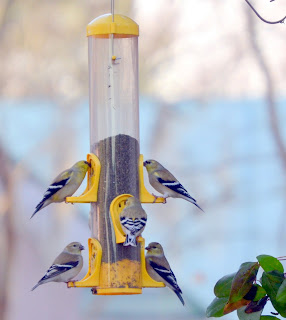Timing is
everything to ensure a colorful spring.
With the
weather becoming more pleasant you might be eager to do some pruning on your
shrubbery. Pruning some plants at the
wrong time can prevent them from blooming.
Spring flowering shrubs such as azaleas and camellias set their flower
buds the previous summer. Do not prune these plants until after they bloom.
Camellias
are slow growing and need just a little pruning to improve air circulation. Thin out interior branches and keep the lower
branches off the ground. Clean up old
blooms from the ground and replace the mulch to prevent flower fungal
diseases.
Azaleas
are one of the most popular plants in the south and yet so misunderstood. They are often pruned at the wrong time of
the year. It is the short nights of summer that triggers the plant to form buds
for next spring’s flowers. Drought in
summer can adversely affect the quantity and quality of flowers too. When you prune azaleas anytime from summer to
spring you will be cutting off flower buds. The best time to prune Azaleas is just after
they finish blooming until the first week in June. Shape azalea bushes into
mounds. The lower branches should extend beyond the top of the plant. This will
allow sunlight to reach the lower limbs. Too often I see bushes given a flat
top. They look like the Yorktown Aircraft Carrier. But take a closer look and you will see the
bottom limbs are dead due to lack of sunlight. Azaleas do not need to be pruned
every year. I recommend cutting them
back to knee high every 3 years and let them grow naturally the other 2 years.
Feed them some organic fertilizer and plenty of water after you prune them and
mulch with pine straw. You will be rewarded with a fabulous display of color
next spring.
Spring is a good time to shop for azaleas at
local garden centers. This is the best way to ensure you get the colors you
want. Look for new cultivars that bloom more than once. There is a new series of
azaleas called Encore because they
will bloom again in the summer or fall. ‘Autumn Royalty’ is one of my favorites. The
purple flowers bloom in the spring and again from August through November. ‘Autumn Royalty’s’ purple flowers will pop
when planted with yellow flowers. There
are over 25 of these multi-season azaleas now on the market and one of them is
sure to become your favorite too.
Keep
in mind this general rule of thumb. Prune spring blooming plants after they
bloom, prune summer bloomers before they bloom.
.









